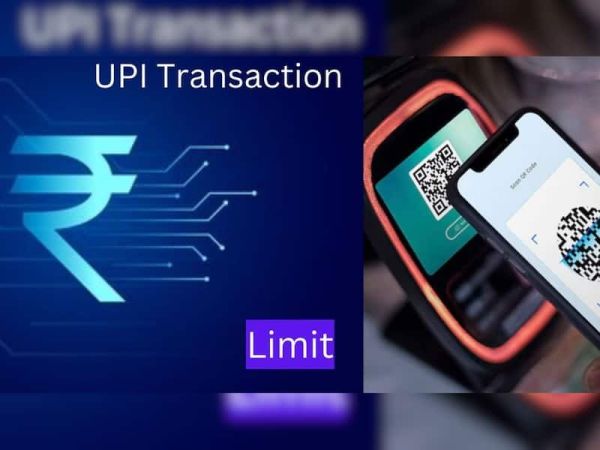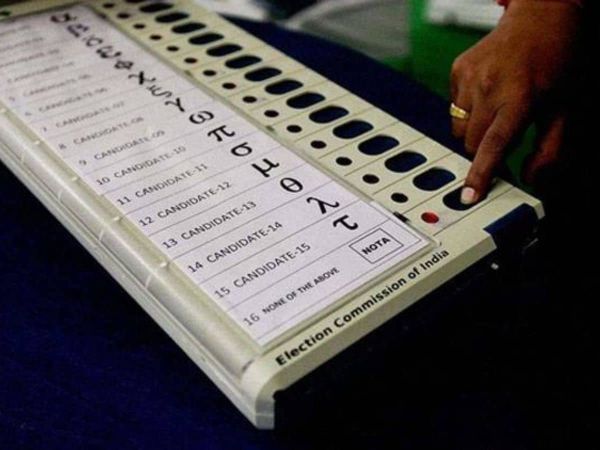
New Delhi: Some significant changes are going to happen soon in the Unified Payments Interface (UPI), which revolutionize the world of digital payment. The National Payments Corporation of India (NPCI), which oversees the UPI ecosystem, has implemented new boundaries to reduce the pressure on the system and to remove problems like delay and failed transactions. According to NPCI, this step will make the UPI more smooth and reliable. Let us know what changes are going to be implemented in UPI from next month, which can affect your digital payment habits. 1. The most commonly used APIS will be banned: NPCI has recently issued a circular from ‘repeated’ requests that has been ordered to limit the use of banks and payment service providers (PSPS) (PSPS) the most used API (application programming interfaces) on UPI networks. These include APIs such as Balance Inquiry, completing the autope mandate and checking the transaction status. The NPCI has said that repeated API requests increase the pressure on the UPI network, which increases the risk of downtime of the system. This change will be for users who often use these features, so that the network does not fall unnecessary burden. 2. Balance check limit: Now from only 50 times per day, UPI users will be able to do their account balance check only 50 times per day. According to the NPCI guidelines, the UPI app must limit the balance inquiries requests to reduce load in peak hours. Therefore, a daily limit of 50 times has been set per customer in 24 hours. This step is important for those users who repeatedly check their account balance. 3. Looking at the list of links linked accounts: Now only 25 times per day UPI users will be able to see only 25 times per app per app per app per app. This limit will also be applicable from next month. The purpose of this rule is to ensure that the pressure on the system can be reduced by accessing the list of repeated accounts. 4. Checking the position of the transaction: Only three times and every time you can check a transaction status of 90 seconds, its number will also be limited to three. Not only this, there will be a difference of at least 90 seconds between each investigation. This change is relevant to those users who repeatedly examine its position after completion of the transaction, causing unnecessary load on the network. 5. Changes in UPI Autope: Fixed time slots are being introduced by the NPCI for the UPI Autopay transactions. According to this, instead of processing Scheduled Payments such as EMI, Utility Bills, Subscription and other auto-payment, instead of processing Scheduled Payments in a day, it will be processed during the specific windows. This change will help customers know when their regular payments will be there and will also reduce the sudden load on the system. 6. These new rules will apply to all UPI users, it is important to note that these new limits will apply to all UPI users on all platforms. These will apply to all those who use apps like Paytm, Google Pay, PhonePe or any other UPI payment app. These boundaries have been introduced to address users who overload the system with repeated requests. 7. New responsibility of banks: According to the instructions of NPCI, to give information about the balance available after every financial transaction, the issuer banks (Issuer Banks) will now have to inform users about the balance (available balance) in their accounts after each financial transaction. This is an important step that will provide more clarity to customers about their account balance and increase transparency in digital transactions. This step of NPCI is an important effort to make UPI more stable, efficient and more reliable for all. Although some users may have to coordinate with these new boundaries, it is considered an essential step in view of long -term benefits.
-
Bengaluru traffic constable suspended for slapping biker; video goes viral

-
HC orders Rs 2 lakh payout after govt hospital reveals woman’s HIV status

-
ECI completes first phase randomization of EVMs and VVPATs

-
‘Mujhe mulli kaha gaya’, says SP MP Iqra Hasan condemns Shiva temple vandalism

-
Kapil Sharma’s cafe attacked, third time in four months
